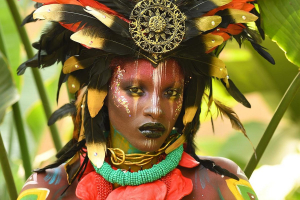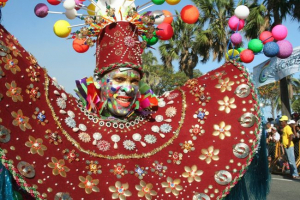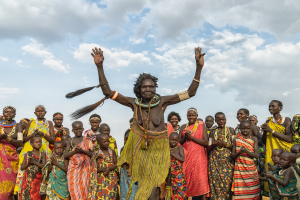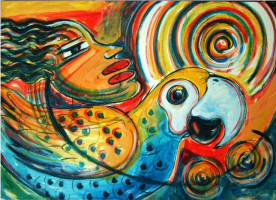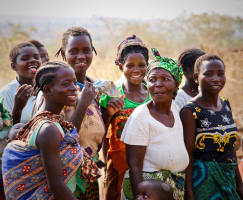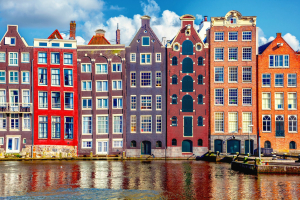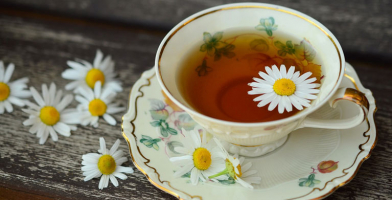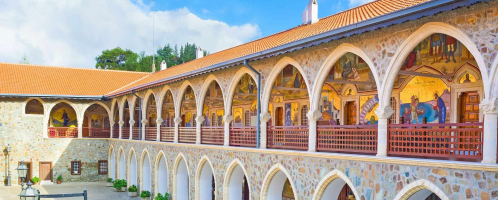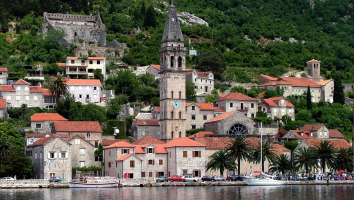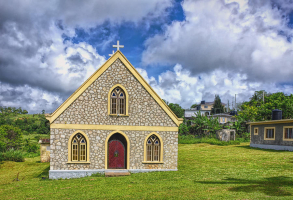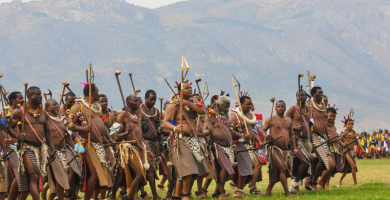Top 6 Seychelles Culture, Customs, and Etiquette
The Seychellois culture is distinguished by the diversity of the people who have settled there over time. Through its art and traditions, the archipelago is ... read more...thus enriched by African, Asian, and European influences. This results in a strange but harmonious mix in the way of life of its inhabitants. Here is a list of Seychelles Culture, Customs, and Etiquette that Toplist offers you.
-
The 'kazak' and 'penwar' have traditionally been regarded as Seychelles' traditional costumes. Kazak is a waist-length, long-sleeved blouse that was popular in the late 1800s, whereas penwar is a long outer garment for women that is frequently sheer and made of chiffon or another translucent fabric.
During the colonial era, it is believed that these costumes were influenced by European costumes. Clothing, hats, and shoes were also imported from France via Mauritius during the early colonial era. Wigs, ruffled shirts, and jackets were available for gentlemen of French descent. Long dresses with layers of petticoats were worn by the ladies, and they were frequently embellished with lace and embroidery.
The national costume will be worn to represent Seychelles at official events both nationally and internationally, as well as at any other events decided by the government. Other factors, such as adaptations to the tropical climate and economic factors, have influenced how the Seychellois dress today. Modern clothing is made of a thin cotton fabric that is ideal for the humid, tropical climate of Seychelles.
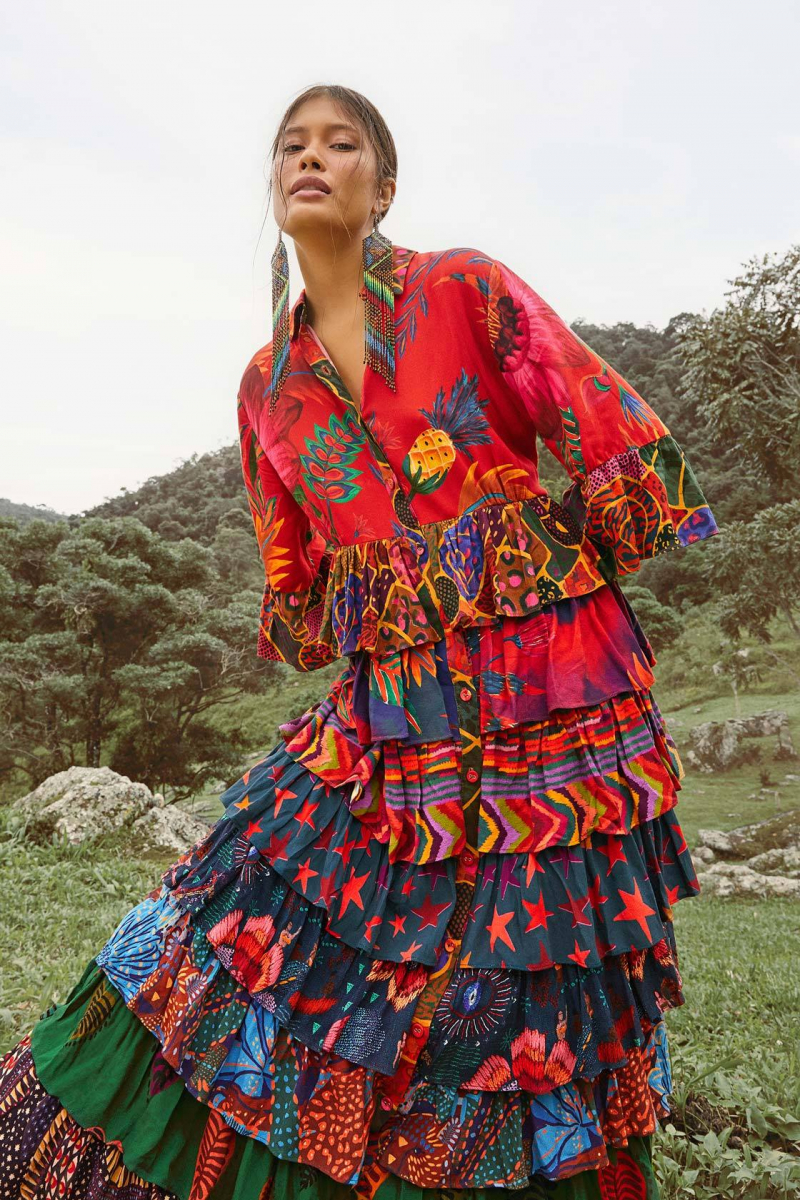
thelovelyplanet.com 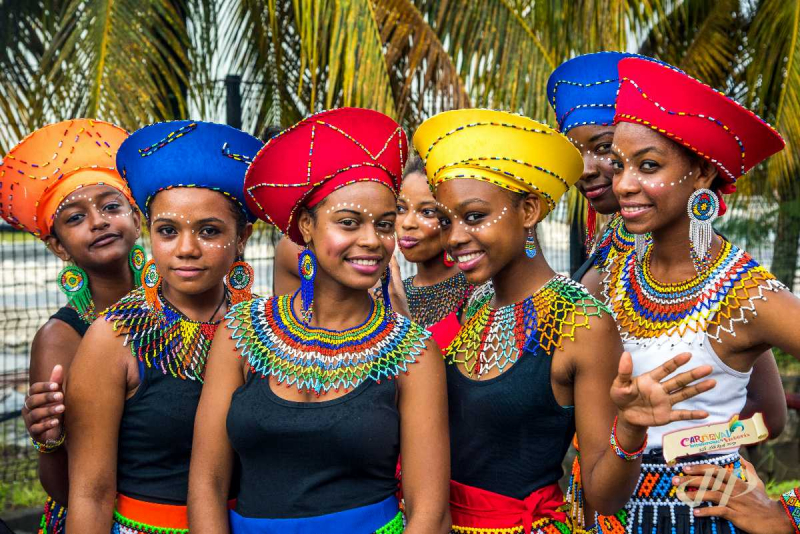
thelovelyplanet.com -
Tipping is not customarily expected in the Seychelles, as a service charge is usually added to or included in the bill. However, if people receive exceptional service and wish to leave a gratuity, it is always appreciated.
- Tipping at restaurants and bars. A service charge is usually included in restaurant bills. Servers and bartenders do not expect tips, but providing something extra for exceptional service is always appreciated. A tip of 5-10% of the bill is considered generous.
- Tipping hotel staff. Tipping is optional at hotels, but it is recommended that you tip at the end of your stay. A reasonable tip for a porter, for example, would be SR12, and SR10 for housekeeping staff. If you want the tip to be shared equally by all hotel staff 'behind the scenes,' place a general tip - the amount is up to you - in an envelope and hand it to reception.
- Tipping tour guides. If taking a tour, then around SR70 for a half-day tour and SR140 for a whole-day tour would be appropriate.
- Tipping taxi drivers. Because fares include a service fee, tipping is not required. Locals, on the other hand, frequently round up the fare for convenience.
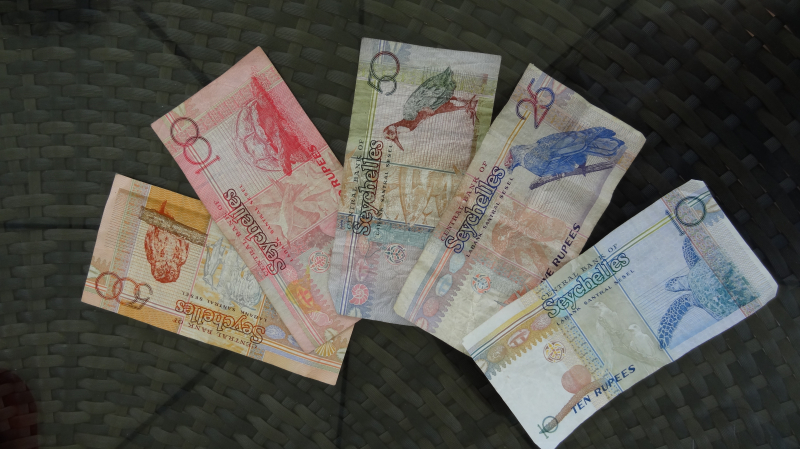
pixy.com 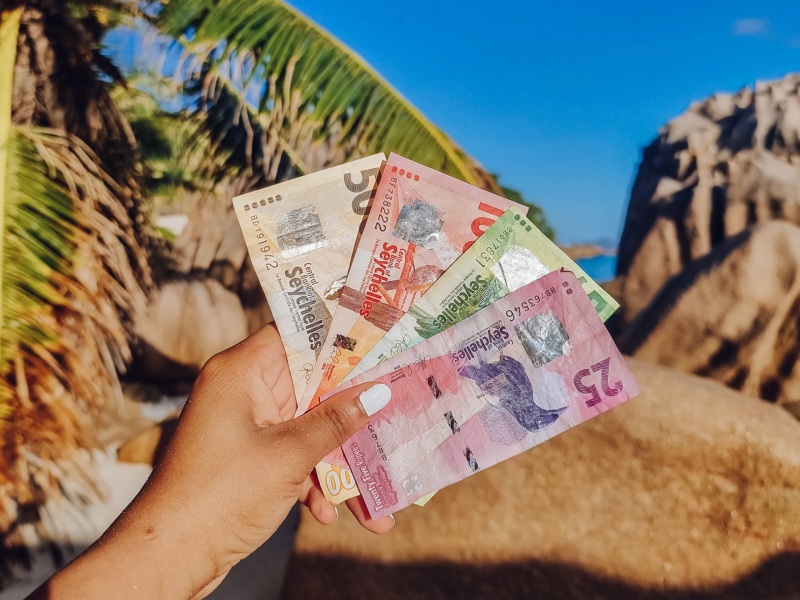
travelwithapen.com -
One of the first things you notice when you arrive on the island is how people greet one another. Seychelles people prefer to hug when greeting and saying goodbye, especially family, close friends, and acquaintances. A handshake is always required in the business world. With the way the world has been going lately, especially with social distancing, an increasing number of people (especially the younger generation) are holding out their fist for a fist bump (also known as a bro fist). It can also be interpreted as an approval or respect symbol.
The traditional greeting kiss, on the other hand, remains the norm and feels the most natural to the majority of people. A kiss on each cheek is elegantly intimate, but it lacks the intimacy of a kiss on the lips. On that note, men rarely greet in this manner, with the exception of women on women and men on women, but not many men on men. So, gentlemen, aim for a mature fist bump or handshake.
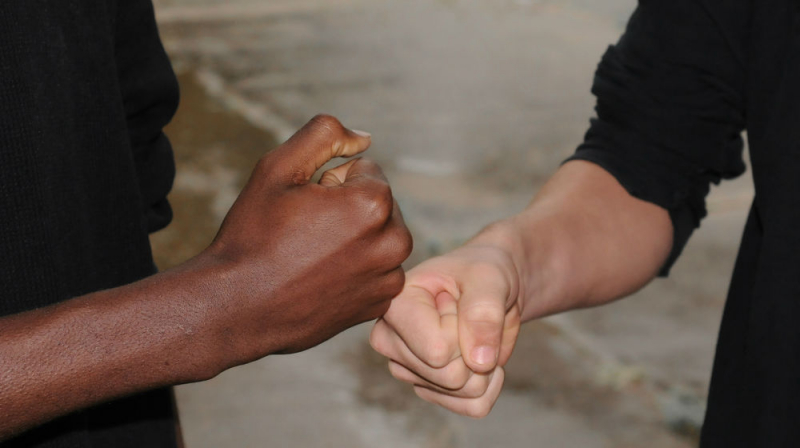
smallbiztrends.com 
popsugar.com -
A traditional wedding in Seychelles is distinguished by an elaborate ritual that is slowly fading. Everything starts with the courtship customary on these islands. The man writes a love letter to the parents of the girl he wishes to marry, expressing his deep love for her and explaining his character, major in life, occupation/work, what he will do to ensure the material girl's upkeep, how many children they would like, and so on.
Courtship can start if the girl's parents accept the proposal. The man weaves a coconut basket called a 'Kapatya,' and delivery of fruits and vegetables is made to the girl's house as an offering to the parents. On the wedding day, a car is decorated with frangipani flowers and colorful ribbons for those who can afford it.
The exit of the church or the place of the party has erected an arch with palm leaves and decorated with fresh flowers, the groom and bride cross this arc, followed by guests, all accompanied by a band playing the wedding march with instruments such as guitars, violins, banjo, drums, and triangles. At the wedding party, guests drink, sing, and dance, and older women sing old sentimental songs aloud.

elmomentoperfecto.com 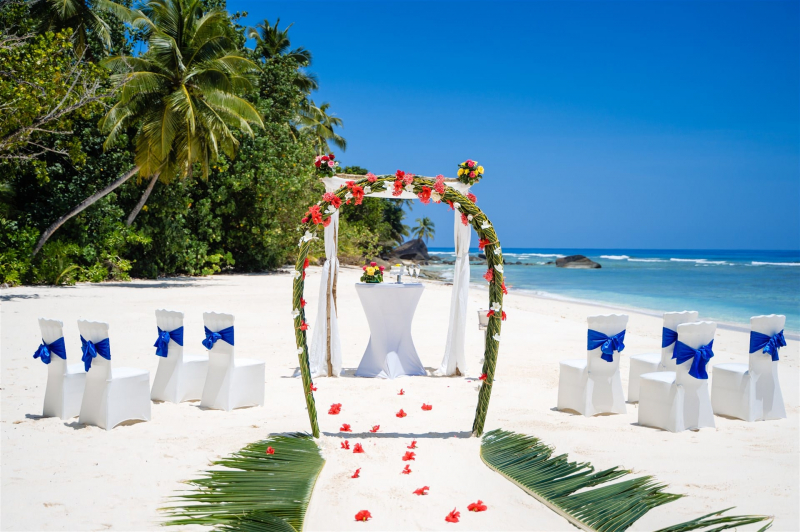
trailfinders.com -
Because people came from various ethnic groups, the country's population is made up of people of many different religions. For many years, Creoles constituted the majority of the population, followed by Asians, Africans, Europeans, and French.
The majority of people in Seychelles are Roman Catholics. About 85% of the population is Roman Catholic. The first white settlers in Seychelles history were the French, who introduced Roman Catholicism to the country. During the British occupation of the territory in the nineteenth century, they attempted to establish Protestantism. Currently, Protestants make up 10% of the population, and Anglicans make up about 7%, with the majority of them descended from families converted by missionaries between the late 1800s and the early 1900s.
Pentecostals and Seventh-day Adventists are two other Protestant denominations in the country. Other religions, such as Buddhism, Hinduism, and Islam, are practiced by the remaining 5% of the population. There are no temples or mosques in any part of the country, but there are no restrictions on the form of worship to any religion.
Although Seychellois are devout in their faith, it is quite common to see them consult a local seer, more popularly known as bon homme de bois or bon femme de bois, either for fortune telling or acquisition of amulets or charms, locally known as gris-gris, for protection or bringing harm to their enemies. Despite the disapproval of the clergy and civil authorities, the people continue to believe in magic, sorcery, or witchcraft because they see minor inconsistencies in their own observance of their orthodox religion.
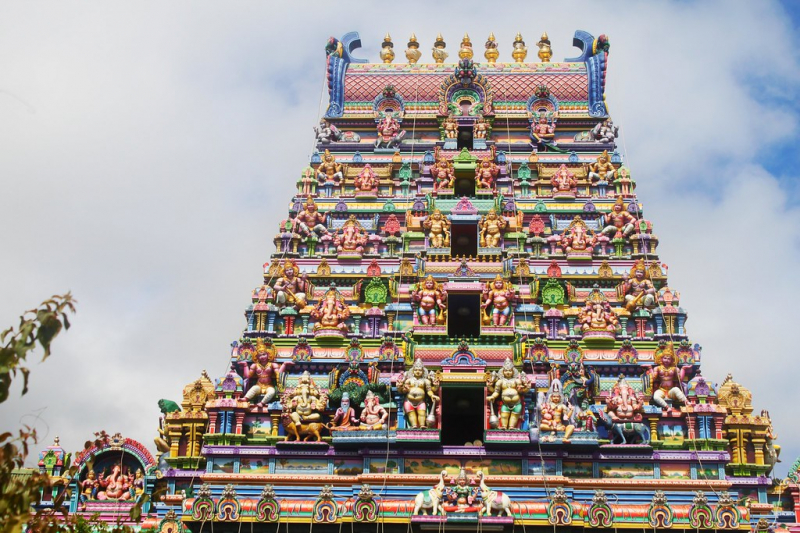
flickr.com 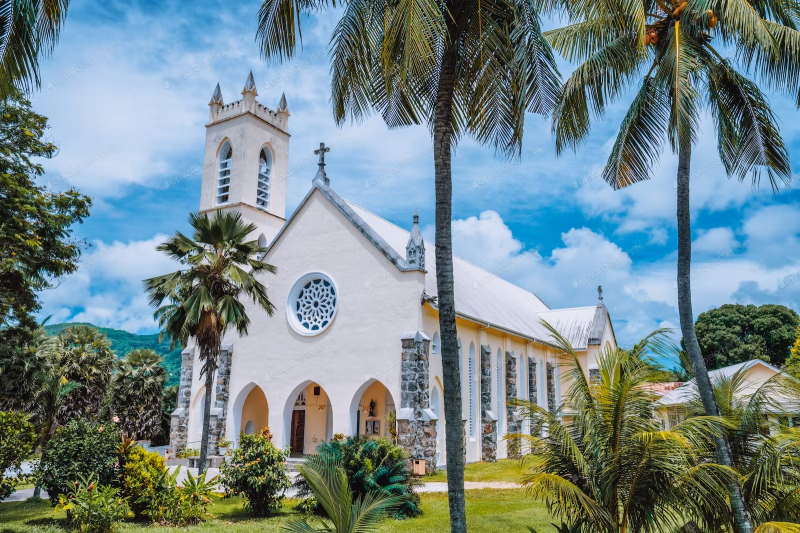
elements.envato.com -
The Moutia is a traditional Seychelles dance that is accompanied by singing and has an African or Madagascan rhythm. Music and dance have always played an important role in Seychellois culture and are still an important part of local festivities. Seychelles music has African, Madagascan, and European roots and is performed on percussion instruments such as drums and tomtoms, as well as basic stringed instruments. Foreign influences were responsible for introducing the violin and the guitar to the region, both of which now play an important role in its music.
The Sega, with its characteristic swaying of the hips, is the most popular dance. The traditional Moutia, a mysterious, erotic dance that dates back to the days of slavery when African slaves saw it as a rare opportunity to express their discontent, is also still popular. The Kanmtole is a classical dance imported from abroad, accompanied by banjos, accordions, and violins, and is reminiscent of both the Scottish square dance and the French Royal Court's Contredanse.
In Seychelles, there are numerous song and dance groups, ranging from traditional local groups to modern jazz, reggae, country, hip-hop, ballad, and classic rock. You may also have the opportunity to see a choir perform traditional anthems with a repertoire that includes sacred, popular, ancient, and even evangelical pieces.
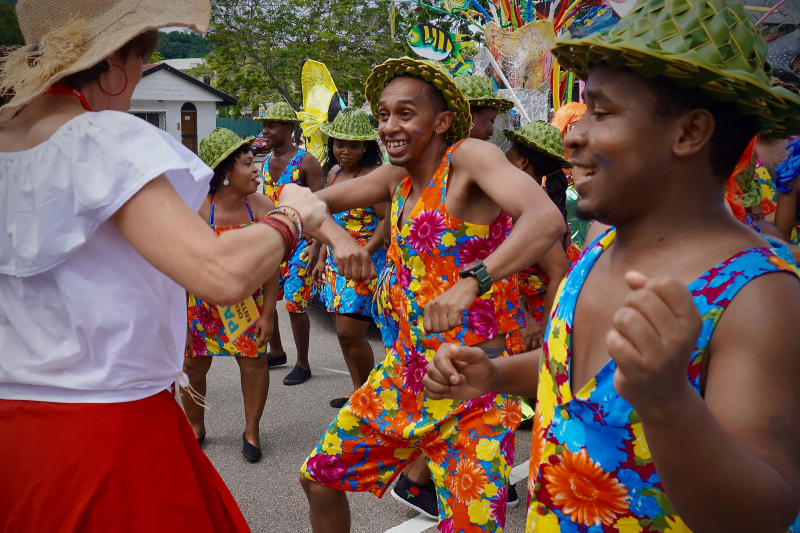
petermoore.com 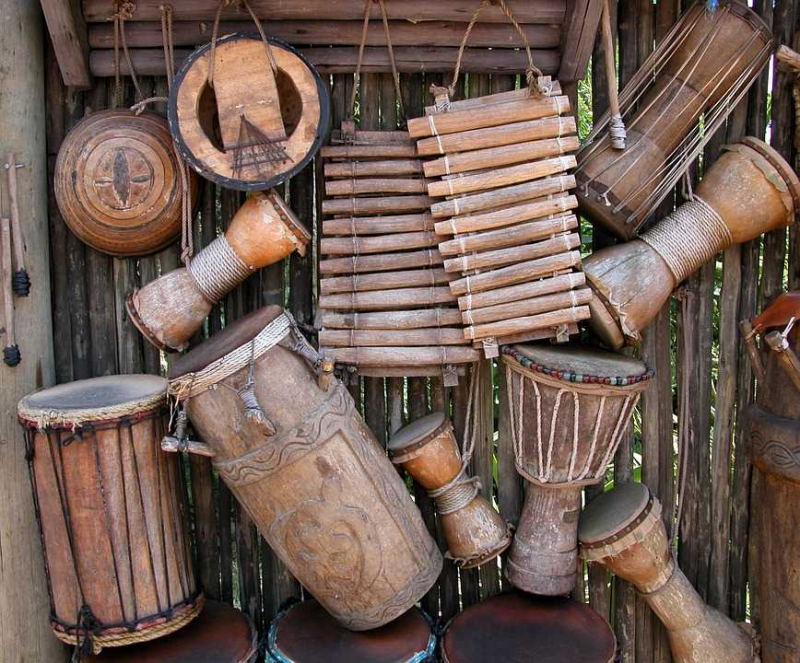
holidify.com








